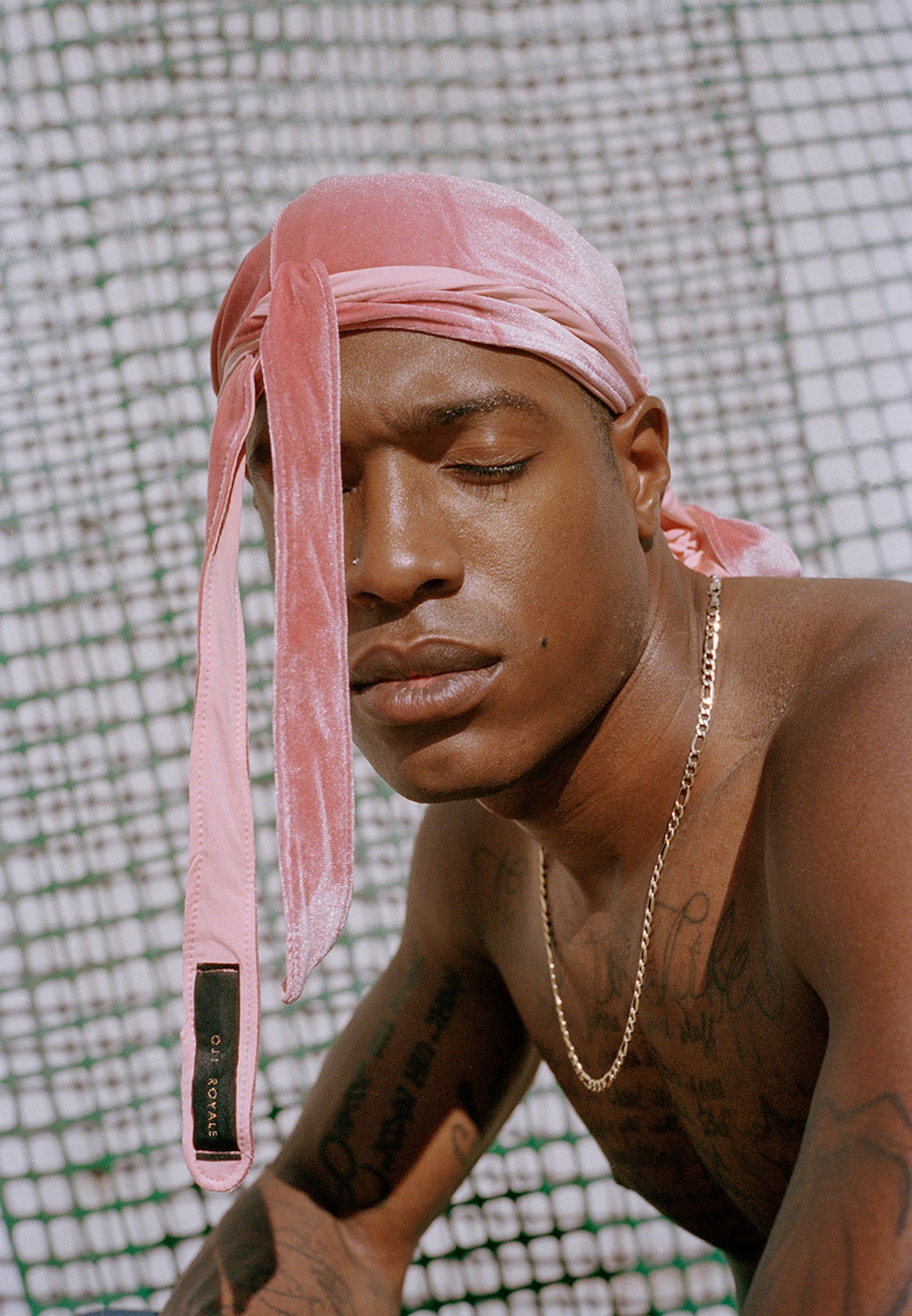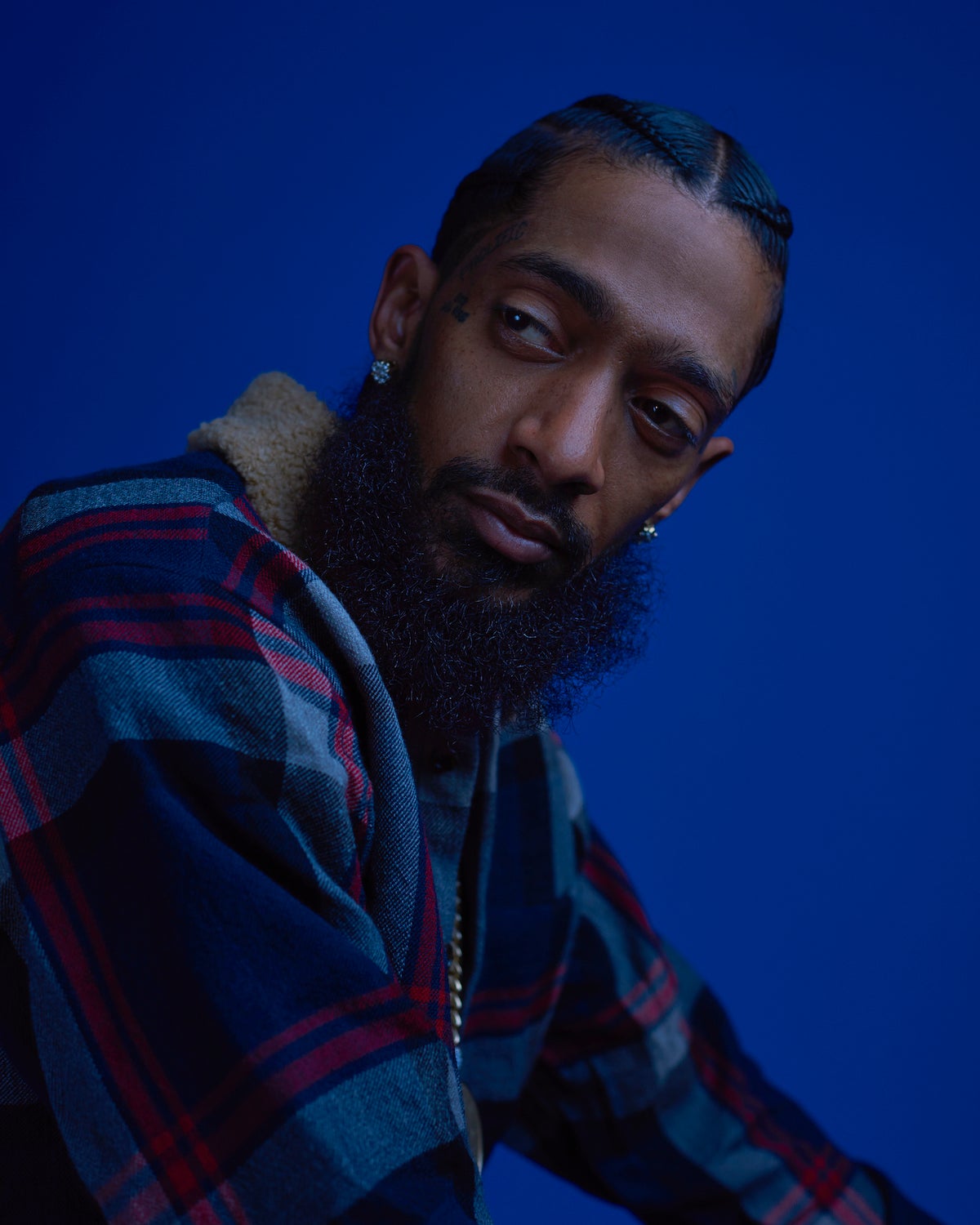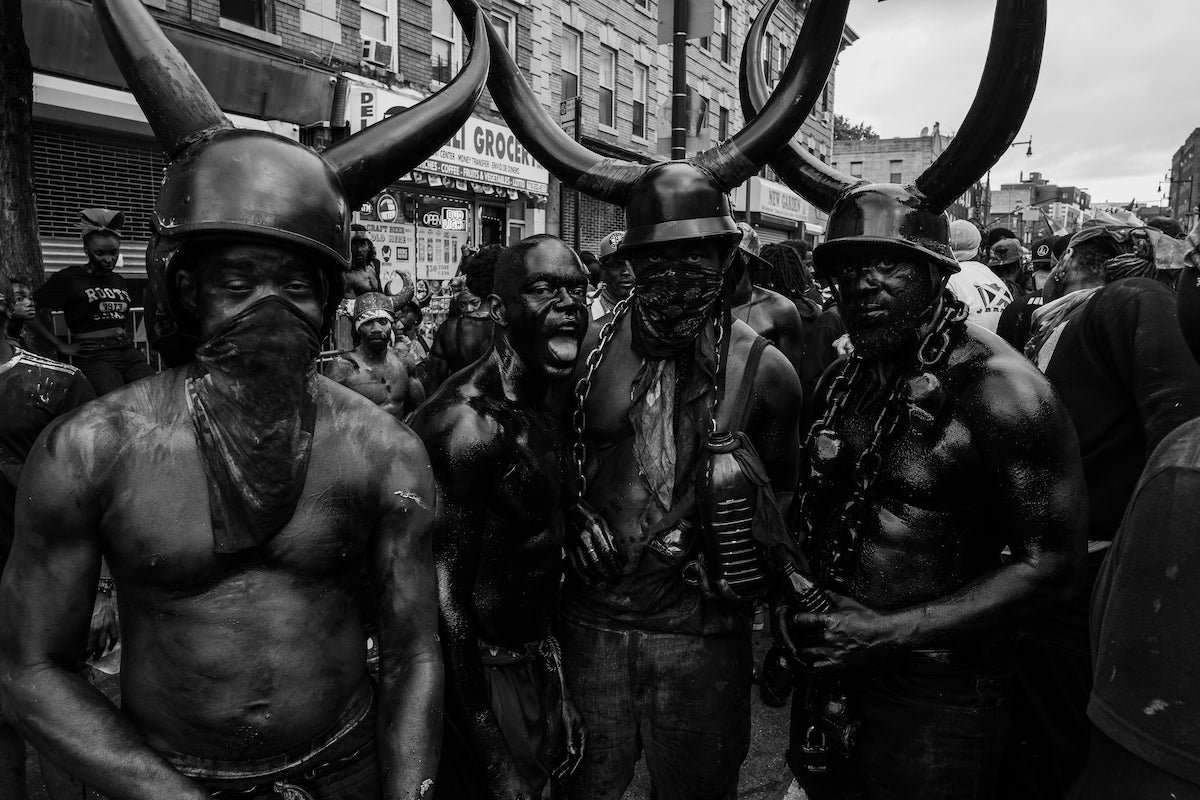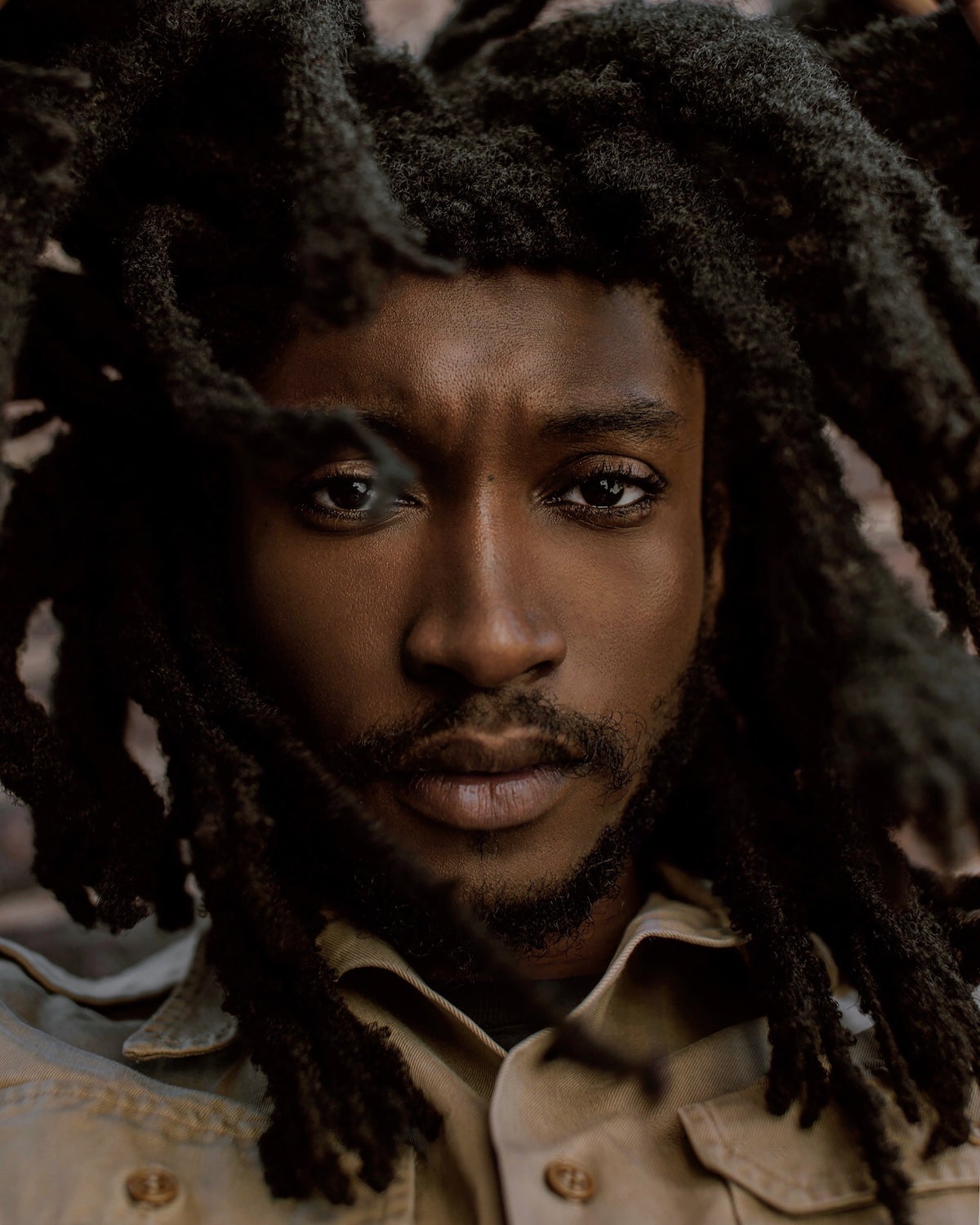"I look at myself as a truth-teller and a storyteller, who has the opportunity and privilege to share other people's stories... Before, during, and after this, all we're going to have is stories. That's the most important part."
— Joshua Kissi, Co-Founder of See In Black
See In Black
The Stories Behind "Black In America"

Photography, at its heart, is a means of sharing stories — and, in turn, adding nuance to narratives larger than ourselves. In their exploration of experience, photos challenge the notion of singular narrative, exposing the fragility of what is while embracing the promise of what could be. And in this endless dance between art and archive, they hold the distinct ability to bridge gaps by connecting present to progress in ways that spur meaningful change.
It is this inherent role of images that makes the work of See In Black, a newly-formed collective of 80 Black photographers, so important. Organized by co-founders Joshua Kissi and Micaiah Carter with the mission of elevating Black visibility, the group launched a powerful selection of limited-run prints on Juneteenth as its first initiative. Every dollar of profits from this project, titled Black in America, will be directed to five nonprofits thoughtfully aligned to pillars of Black prosperity: civil rights, education/arts, intersectionality, community building, and criminal justice reform.
We are grateful to play a small role in supporting Vol. 001 Black in America and just as honored for the chance to share some of the stories behind it. Here, we highlight five of those stories, featuring poignant images paired with words from the photographers who created them. Our endless gratitude goes to each of them for sharing this symbolism, asserting narratives that beg us all to think outside of our own experiences.
"To me, the durag is a crown. It’s protection. It’s something that we wear on our head to protect our hair. This work explores Black American beauty traditions among men. The intimacy that I wanted to depict erases the possibility of threat. We are looked at as thugs because of how we wear our hair, because of what we have on our head. These things are assigned to us — we’re not asked. I wanted to expand the notion of Blackness by challenging America’s perception of Black men. These photos push the viewer to see the power of kinship within the Black community."
"A lot of people who may not be familiar with Nipsey Hussle may think the impact of his death was simply because of the popularity of his music, but it was his legacy of perseverance and dedication that made his murder so universally traumatizing. A lot of Black pain comes from the consistent denial of opportunities and lack of belief in our abilities, oftentimes to the point where we question what we are capable of because of these systems in play. Nipsey not only challenged what was expected of him, but he consistently declared the path being left behind him was meant to be followed.
As a fan of his music as well as his story, I knew I wanted to embrace the visual implication of blue to his narrative, to drape the tone and hues of that blue we think of when we think of the Crips around him as a repurposing — the same way he had repurposed what was meant for him in this country. The Black success story has always been rooted in overcoming, starting so far behind the starting line but still fighting to get to where you deserve to be.
I believe the reason this portrait connected with the Black and Eritrean diaspora the way it did was because he represented that narrative for so many. He represented the universal desire to believe in one’s Black-self and to bet on yourself accordingly. When he was murdered we saw the global truth of that ring true around the world, and my image was carried along with it."
"The tradition of carnival in the Caribbean is an ultimate demonstration of Black folks’ subversion of the White systems that sought to exclude them. In addition to slavery, French colonizers brought their Mardi-gras celebration to the islands and did not allow those they enslaved to participate. So, Caribbeans created their own celebrations: masquerades dense with intricate folklore and performance art.
Pictured here are men in Brooklyn — by way of Grenada — playing mas as the Jab Jab character. The name Jab Jab comes from the French Caribbean creole pronunciation of the French word 'diable' (or 'diable diable' in this case) which means devil. It is a satirization of the way French slave owners characterized those they enslaved. Those who play Jab cover themselves in mud and oil, slink through the shadowed streets at daybreak (j’ouvert), flesh-like matter hanging from their mouths, beating djembe, blowing conch, announcing the beginning of carnival or harvest.
It is a deeply beautiful, intersectional, and intellectual celebration-protest. I’ve lived in New York, in this Black body — once a boy, now a man — my whole life, proximate to a wealth of Caribbean cultures. My understanding of this global Blackness we share is undoubtedly shaped by this proximity and these cultures."
"The image is called 'Reflection.' It represents introspection, freedom of expression, freeing your mind and your thoughts.
Brandon, otherwise known as Bamskelly, is a musician who, through his music, seeks to heal and connect with others. As mentioned during his interview with Josef Adamu, his favorite quote is 'Everything you can imagine is real.' This quote and the experience of photographing this moment resonated with me. I got up close and personal with Bamskelly as his freeform locs towered over me — and looking through my lens, I felt as though I was looking at myself. Although he is a man and I’m a woman, we were one during that moment. And every time I look at the image, I find myself in a daze of self-reflection."
"It's about duality. What it really feels like to connect with someone on a level that seems a bit hyper-real. The ways in which we both relate, and don't ... the ways in which we say certain things and don't ... understanding what and who it is that truly understands us."





